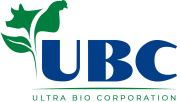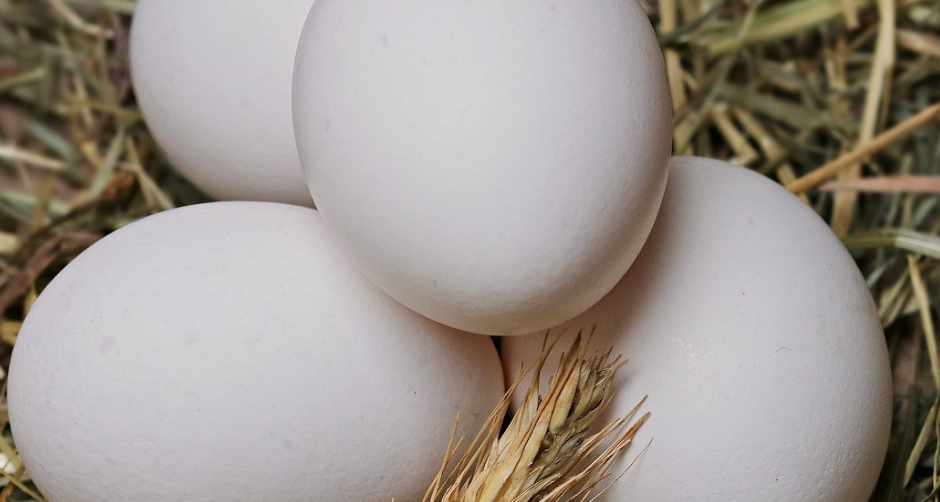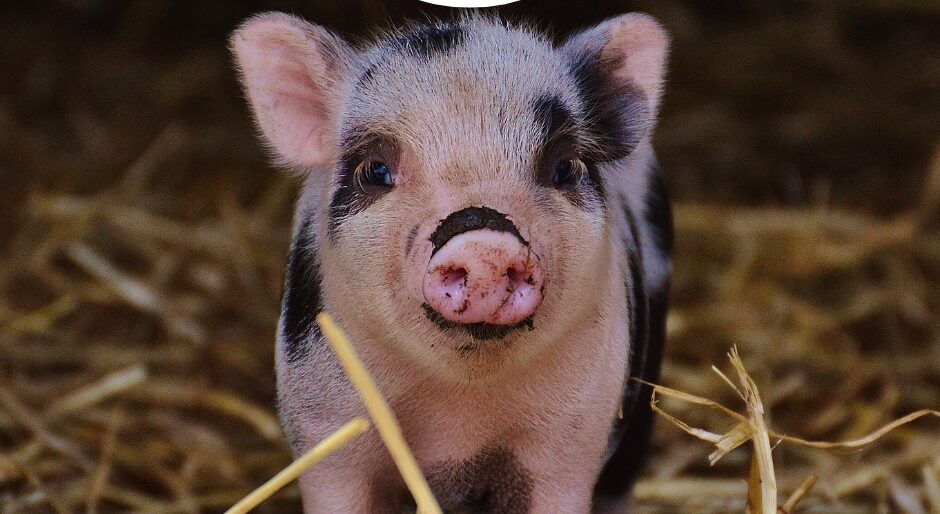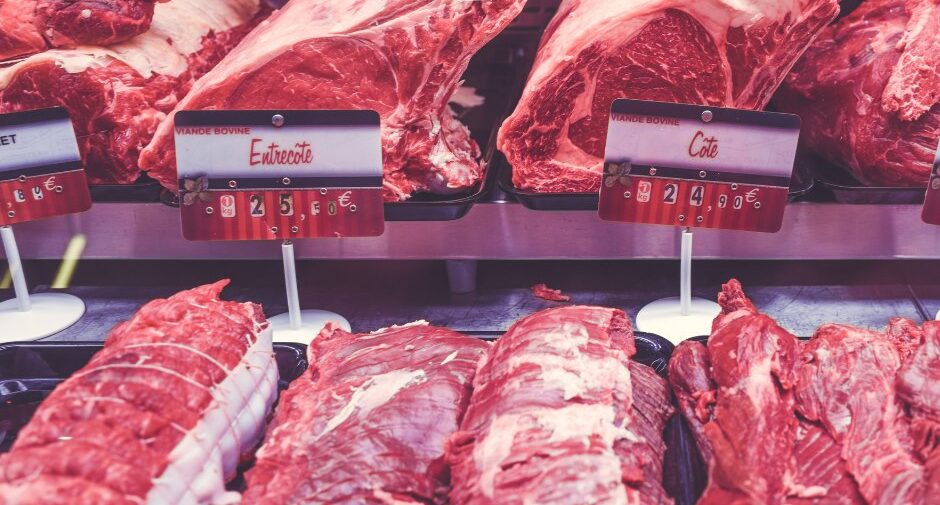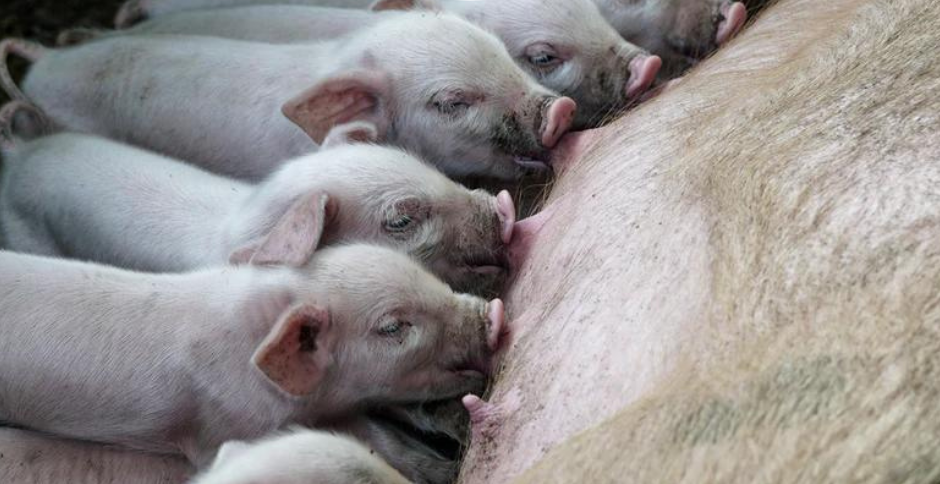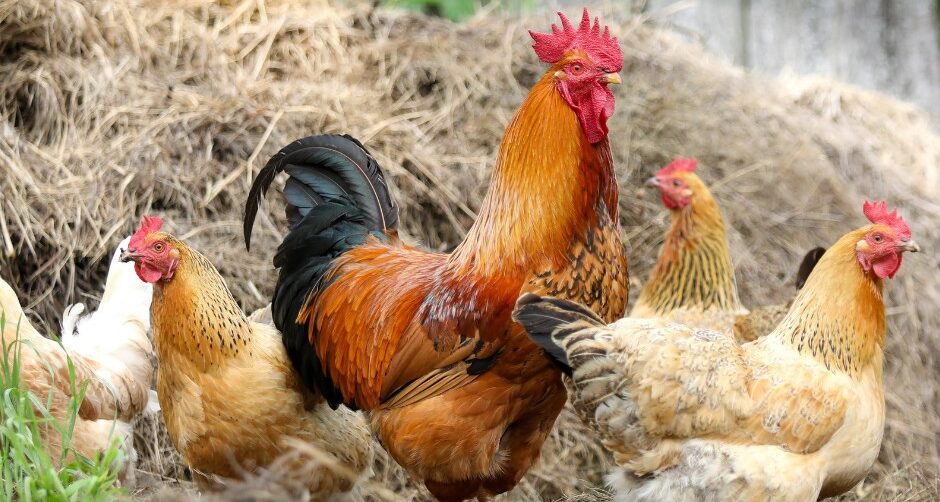Because of a number of factors, egg production in the Philippines reached new record highs in 2020, with an increase in poultry players entering the market. The country reached a production of over 605,000 metric tons, approximately 22,000 metric tons more than 2019.
This happens along with an increasingly scarce supply of poultry, adding pressure to the government to ease importation bans on poultry products. These factors all contribute to higher costs for producers, and a greater need to maximize the performance of existing players to improve product quality despite existing challenges.
Read the rest of the report from Poultry World here:
https://www.poultryworld.net/Eggs/Articles/2021/3/Philippines-reaches-record-high-egg-output-in-2020-726509E/?fbclid=IwAR3ZDOtkiMtZ-E20E9maTFeLaC9xnCIA9x_oDtfi7UE7pzoUlyxhK2zbNCI
Uncategorized
ASF Vaccine News
(Previously posted on the UBC Facebook page)
The International Livestock Research Institute is making strides in creating an answer to the African Swine Fever virus (ASF), which has taken an extremely heavy toll on swine farms in the Philippines. Their method, which involves editing ASF genes in order to be able to develop a vaccine. The initiative, which started in 2016, has produced several promising candidates.
“There are seven to ten candidates, on a variety of stages,” said Lucilla Steinaa, one of the scientists heading the project. The tests are ongoing, with the hope being that a successful candidate vaccine can be determined and produced in 2022.
There is a pressing need for a vaccine. The virus is present in Africa, Asia, and Europe, with the Philippines being hit particularly heavily due to our strong demand for pork and pork products. Many farms have already shut down in many areas in the country, increasing prices dramatically, and opening the doors to imported pork–a stopgap measure that further hurts local production.
Read the whole story here:
https://www.intouch-intelligence.com/start-here/scientists-using-gene-editing-tool-to-develop-asf-vaccine?fbclid=IwAR2LTOdNim-xUkhGXTaNiR2sWJ-P08TE2KzLFDWZCaBIaonmuy-hCIxK798
Local Group Urges Reconsideration of Pork Tariff
The United Broilers and Raisers Association (UBRA) sent a letter to the Senate expressing that President Duterte’s Executive Order 18, imposing tariff cuts in imported pork, was useless in keeping the country’s pork prices low. The group showed that imported pork rose to 38.024 million kilos in Q1 2021–an alarming 254 percent from Q1 2020.
Ubra also noted that the price of imported pork was not significantly cheaper compared to existing prices, strengthening their point. This brings into question the point of decreasing revenue generated by lowering tariffs on imported pork. The country continues to suffer the effects of African Swine Fever, and are in desperate need of better-suited interventions to deal with the situation.
Read the rest of the story via the Manila Times here: https://www.manilatimes.net/2021/04/19/business/business-top/groups-contend-over-pork-tariff-issue/865504/?fbclid=IwAR3Ip3Nw_PBL_vIM-ll4lmH97oFfusV1JZSh_3KY18shAGC5hcu4c9qKV-0
Staying Competitive amidst the ASF Epidemic
Africal Swine Fever (ASF) continues to put extreme strain on local swine production, and to fill the demand, the country is relying more and more on imported pork. Tariffs have been lowered, and the market is more than willing to pay to keep mouths fed.
Even before the ASF problem however, pork production overseas has been cheap compared to locally produced meat due to a number of factors. Lower costs or feed raw materials, better production methods, and a climate that’s more suited to raising swine all get passed on to the final price of the product. As of June this year, the Genesus Global Market Report shows that the price (live weight) per Kg of pork is approximately PHP 120 in China, PHP 100 from the US, and a staggering PHP 86 from Spain. Local prices are closer to the PHP 220 mark. Spain and the US are leading sources of our imported pork at over 66 million and 34 million kilograms respectively from January to June of this year, as per the BAI-NVQSD report. With the low production cost and low tariffs imposed on exporters, local producers have two beatles to fight: ASF, and overseas competition.
Competition is extremely difficult given the advantages overseas producers have, but locally running a farm that delivers quality pork and creates generous profit isn’t impossible. It comes down to processes that optimize production. Challenges particularly our warm, humid tropical climate which isn’t conducive to pig growth, cannot be changed. The heat stress and oxidative stress that follows is a given for hog raisers in the Philippines, but it’s by no means impossible to overcome. It comes down to a matter of delivering the correct nutrients and cellular building blocks in the proper amounts to allow the animals to be able to cope with the stresses that surround them, be it heat and oxidative stress, or pathogenic challenges such as ASF, or bacterial infections.
To be and remain competitive, it’s all about increasing farm efficiency. Whether it’s from what feed is supplied, to processes that cover biosecurity and growing efficiency, it’s all about maximizing performance to maximize profit.
Contact us at Ultra Bio Corporation so we can help you compete in the local market.
(Photo by Kameron Kincade on Unsplash)
Avian Flu Spotted in China
Sources in China reported the presence of a virulent strain of Avian Flu in the northeastern province of Liaoning in April. The H5N6 strain was detected in wild birds at a forest park, with 11 dead by the disease. In an effort to prevent the spread of H5N6, some 280 birds were culled. Previously, H5N6 was found present in a poultry farm in Sichuan.
https://www.reuters.com/world/asia-pacific/china-reports-h5n6-avian-flu-wild-birds-liaoning-2021-04-12/?fbclid=IwAR121FWJk_J39givlYPg2k6pJKctusGWMG-mEXPzdFtmwVHuA68qD2Cpt6Y
Nucleoforce and Chick Growth
The rising costs of layer and broiler chicks brought about by the pandemic and ASF has cut into the profits of farms, regardless of size. As margins become tighter, the pressure to get the greatest productivity from each batch of chicks is even higher while the challenges in farming remain the same.
The trajectory of a broiler or layer’s growth gets set as soon as the chick hatches. It’s at this early stage that nutrition is most critical, and a lack of nutrients causes a chain reaction that negatively impacts how the animal grows from that point on.
During the first stages of a chick’s growth, key systems develop extremely quickly. The digestive and immune systems in particular undergo rapid changes, requiring large amounts of nutrients. A lack of nutritional building blocks slows this development, and an under-developed digestive system keeps the animal from absorbing further nutrients, slowing growth even more. Couple this with a weak immune system and the effects ripple down the production chain, leading to longer time spent growing, more food consumed, greater production costs for the farm, and dramatically decreased profitability. Factor in increased mortality and illness, and your farm’s profit diminishes even further.
Fortunately, there are steps that we can take to help maximize each animal’s potential. By providing the necessary nutrition, we give the materials the animals need to develop key systems. With proper nutrition, the digestive system develops better, allowing the chick to better absorb more nutrients.This also allows the chicks to use their internal nutritional reserves for growing, rather than spending these resources on simply staying alive. However, simply increasing feed amounts can’t make up for the nutritional gap. Simple feed and the proteins they carry require energy for the animal’s systems to break down and use, further taxing a growing chick.
This is where Nucleoforce comes in. By giving Nucleoforce via drinking water for the first 7 days of the chick’s life, we can help them meet their nutritional requirements, and maximize their growth potential.
Nucleoforce provides growing animals with the most basic building blocks they need during the critical times of rapid growth and physical development. Unlike raw protein in feed, Nucleoforce offers a huge advantage by delivering nutrients in a form that’s perfectly balanced and immediately usable by the animal’s cells. Energy and resources that would have been spent breaking down protein to usable components is instead saved for use in growing. With Nucleoforce, the components are already in a state that’s broken down and ready to be utilized for development.
With the convenience and consistency of delivery through drinking water, Nucleoforce provides key nutritional components, the chick has what it needs to meet the high demands of digestive and immune development. This puts it on the best path to meet the maximum potential of the breed, improves time to market for broilers and production for layers, and improves resistance to disease with less reliance on antibiotics.
Nucleoforce in water, combined with the appropriate Nucleoforce program in feed delivers scientifically proven increases in weight gain, food conversion, and immunity in starting-age chicks. This sets the pace for growth throughout the rest of the animal’ growth until harvest or egg production, resulting in better profit for your farm.
The first seven days are absolutely crucial in determining an animal’s rate of growth, and the rapid development they go through during that time period has massive nutritional requirements that feed alone can’t meet. Giving them easily usable building blocks ensures that you can help them maximize their weight, survivability, and immunity, and maximize profits for you. Choose maximum nutrition, for maximum profit with Nucleoforce during the first seven days of your broiler or layer flock.
